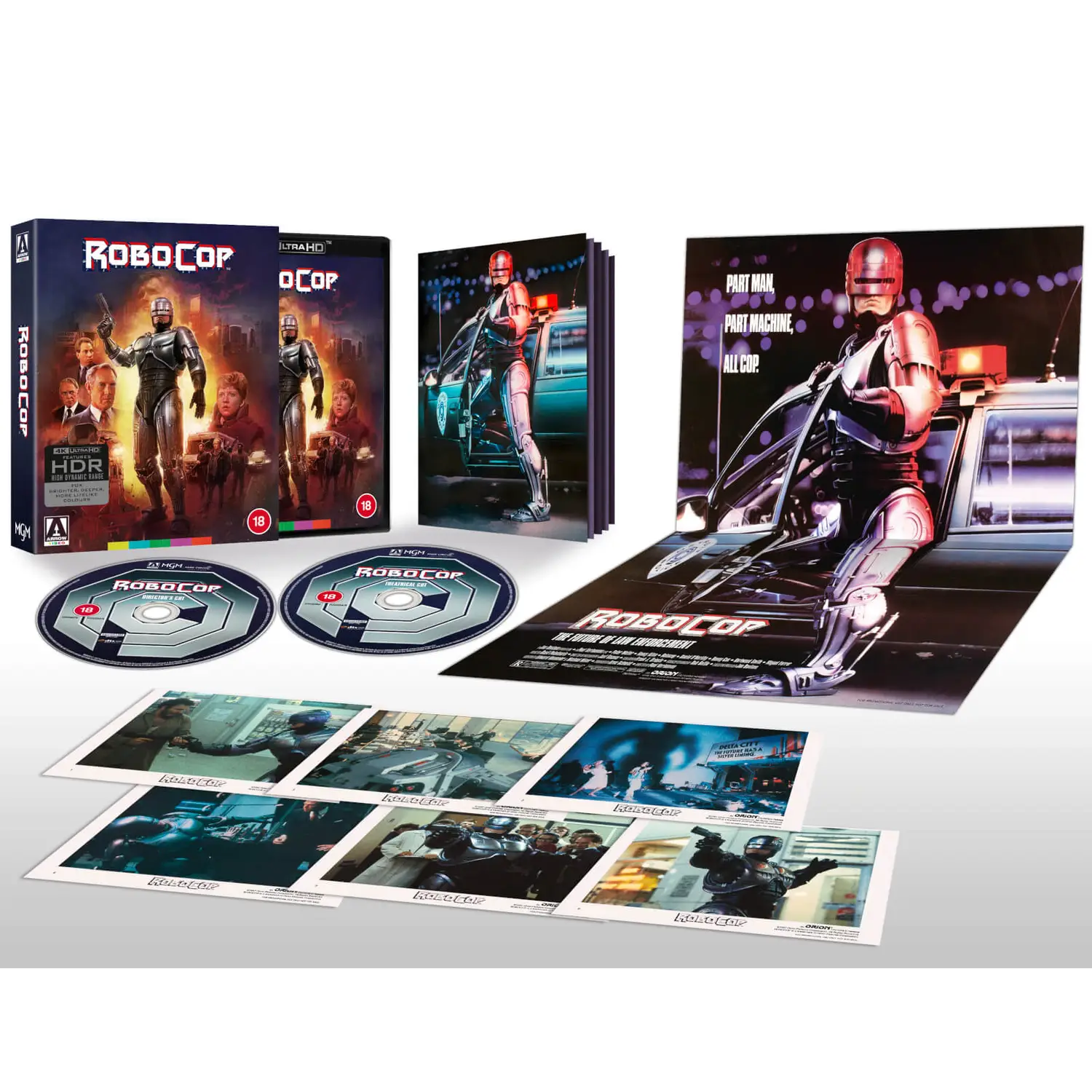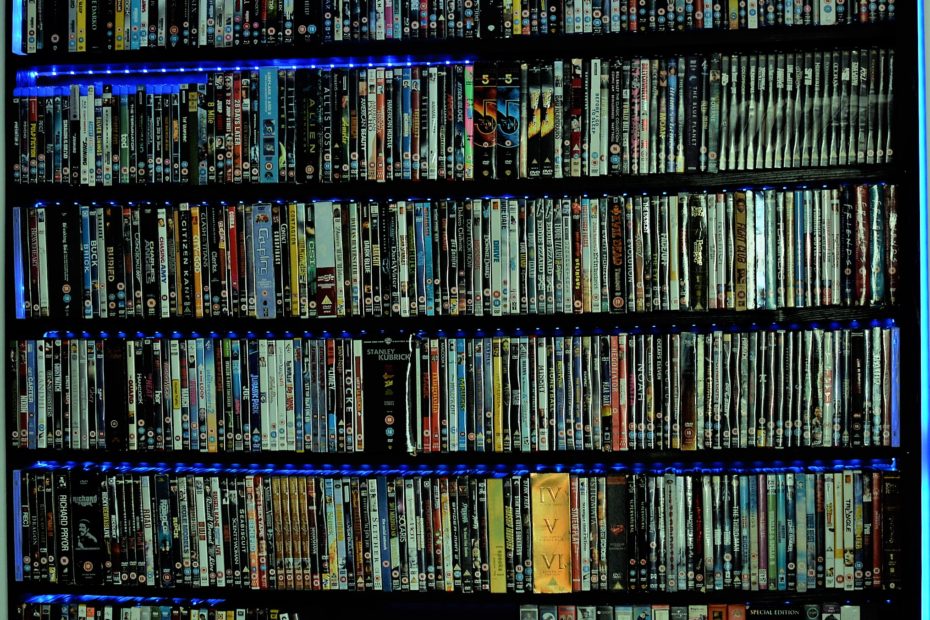A quick note about Belfast. I’ve long been in the habit of only reading reviews after I’ve seen the film. When I review a movie, I wait until it’s published before seeing what others think.
Although the reviews were overwhelmingly positive, many seemed a bit… well, confused. I don’t want to get into an argument online (God knows there’s enough of that), but it seems obvious to me that when the film, in its opening scene, transitions from modern Belfast in colour, to 1969 in black and white, the audience is entering memory. Importantly, childhood memory. I’m going to repeat myself, but surely this is obvious. Surely?
That’s why I’m mystified by some reviewers criticizing Belfast for a simple understanding of the Troubles, ‘corny’ heroism, or heightened reactions by the audience when they see Chitty Chitty Bang Bang. It’s a film about childhood experiences. I guess Ken Branagh is more in touch with his childhood than these reviewers.
The film it most reminds me of is JoJo Rabbit.
Look, just go and see the bloody film. And ignore reviewers. We know f**k all about anything.
Physical media then. What is it? Why do I care? Should you?
I’m talking here about DVDs, Blu Rays and 4K UHD discs. Most people don’t bother with them anymore. That’s fine. I’m not here to judge.
What’s the difference? Well, very briefly, DVDs were the first big jump in quality that succeeded in the mass market. A few wealthy people might have had laserdiscs back in the day, but towards the end of the 90s, DVDs took off and quickly replaced VHS videotapes. They were to movies what CDs were to music. Digital equivalents of earlier formats which could hold way more information and deliver it to you contactlessly, extending the life and improving the quality. Unlike the difference between vinyl records and CDs, nobody argues about this: DVDs were better than videotapes, end of.
Since then, we’ve had Blu Rays which both radically increase the definition of the picture and improve the available sound, and most recently 4K UHDs, another vast jump in quality. The key thing that’s changed is the amount of information that each format can hold, and therefore the available quality. While we now have 8K displays, it is very unlikely that we will ever see 8k discs.
At the same time, streaming has exploded. Netflix famously tried to buy Blockbuster and was rejected. A business decision so short-sighted it rivals those who refused The Beatles.
For most, choosing a film from the comfort of the sofa has long trumped these quaint physical discs. They’ve been sold, donated, or forgotten about in attics and garages. As a result, physical media sales have fallen off a cliff and continue to decline. But some of us cherish them. Here’s why:
· Quality.
Without getting too boringly technical, this all comes down to compression. The amount of data in the original film is greater than even a 4k disc can hold. Every format compresses the data to deliver it to the viewer. The discs compress it much, much less than streaming though.
Streaming must cope with tens of miles of cables delivered to customers with varying internet connection speeds. In the UK, where much of our broadband is laughably poor, the problem is greater.
The result of all of this is that quality of the picture and sound on even the best streaming service over the highest speed broadband connection still lags far behind what can be delivered by disc. Technology may fill this gap, but it’s not going to happen for a while.
· Ownership.
Legally you never own a film. You are granted rights by the owner to view it under a set of limited circumstances. However, owning a tangible copy of the film offers you more certainty than streaming or even digitally owned versions. Digital ownership is like storing your stuff in a neighbour’s garage. They might sell it, forget to lock it, or it could get flooded.
In the current cultural landscape, this is more acute. My old Toy Story 2 DVD has the end credits gag with Prospector, the Barbies, and the casting couch. Maybe not a tasteful joke, but you won’t find that on streaming. Ditto Daryl Hannah’s bum in Splash, which Disney decided was unacceptable and covered in CGI hair extensions. These are not likely to be deal-breakers for most, but the fact is that if you don’t have a physical copy of the movies you love, you must accept them being digitally tinkered with by studios or removed altogether.
· Setup.
For home cinema nerds, but valid. Your TV comes with a bunch of different settings for the picture, particularly if it’s capable of 4K and the various HDR formats. The difference between discs and streaming is that with the former you can easily tweak both ends of the equation to get the best possible picture. Since you’re starting at a higher level of quality in the first place (as explained above) this can often have a radical effect, and that’s just the picture. The sound is even more frustrating when streamed. Discs sound so much better.
· Tangibility.
There’s a lot to this one. Ever got lost in a death scroll through Netflix? I know I have. The tyranny of choice is a bugger. Having a finite collection of discs makes it a wee bit easier to pick something worth watching.
The flip side of that of course is building a physical collection. Mine is small by the standards of people I follow online. I’ve got maybe 600 discs (although at least one box went missing when we moved house). Frankly, some of them are awful. When DVDs were cheap and rental stores disappeared, a lot of ‘blind buying’ went on, but still… Showgirls? Charlies Angels 2? Good God man. Gunther Grass once said, “Even a bad book is a book, and therefore sacred,” I’m not sure the same applies to movies.
Even so, that library of discs makes me happy. It puts me in touch with the kid who fell in love with movies from video stores and friends’ collections. I’ve got Jaws in all three formats… I still love slotting that into my player to watch, despite having seen it easily over 100 times on TV.
That’s the last point about tangibility. Much like the vinyl record revival, the simple act of placing your disc on the platter, sitting down next to people you love and watching the film spin up… that never gets old. There’s something much more intentional to it than picking a film from a menu.
As I write, Francis Ford Coppola has been laying into Marvel again. I’ve already talked about that argument here. I’m not going there again today. I will say this though, Disney’s actions show an intention to kill off physical media altogether. Sure, you can buy discs of the MCU films, but witness the recent ‘IMAX enhanced’ editions only available on Disney +. That’s not a fantastic way to treat loyal fans who have spent £25 on each 4K disc of their favourite superhero movie. The overall quality of their disc releases in comparison to studios like Sony leave a lot to be desired, and Fox was previously releasing good quality discs of their many fantastic movies, but that appears to have stalled completely since they were acquired by the Mouse House.
For the studios, streaming makes way more financial sense than physical discs. Most of them are piling all their efforts into the former at the expense of the latter. There’s no doubt that physical media is currently becoming a niche collectors’ activity for people like myself. But if you love films, you should care about this.
Netflix’s domination is long gone. How much are you spending monthly on streaming sites now? How many films are you losing access to?
It’s up to you. Me? I only subscribe to a few of them. I set aside a budget every month to pick up discs like this from the likes of Arrow Films:








Great post, I am all over Belfast when it gets a home release. Oh and I *really* want that Robocop box set 🙂
Ordered it yesterday on pre-release! Can’t wait!